Future Trends
The future of humankind and our planet largely depends on development of perspective technologies and innovative activities of business in different manufacturing sectors and life spheres as well as on integration level of scientific research results in daily life of every person and his environment. At the present time, BLN Consulting places special emphasis upon following "future trends":

3D printers

3D printed skull replacement, made of polyetherketone (Oxford Performance Materials)
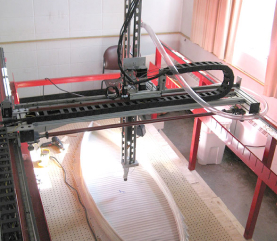
3D printed boat made of shredded HDPE milk jugs (WOOF, Open 3D Printing Lab)
3D printing has a number of advantages in comparison with traditional manufacturing methods, because production of prototypes, forms or finished parts does not necessarily require factories, machines and other mechanicals as well as reduce costs throughout the supply chain (no need in facilities, warehouses, transport). A more central role is assigned to the application of 3D printers in the medicine, for example: growth of tissue culture and human organs, production of implants and prostheses.
Through continuous improvement and dynamic depreciation of 3D printers, application of 3D printing in medicine, electronics and construction has a great perspective for sustainable development.
Supercomputer
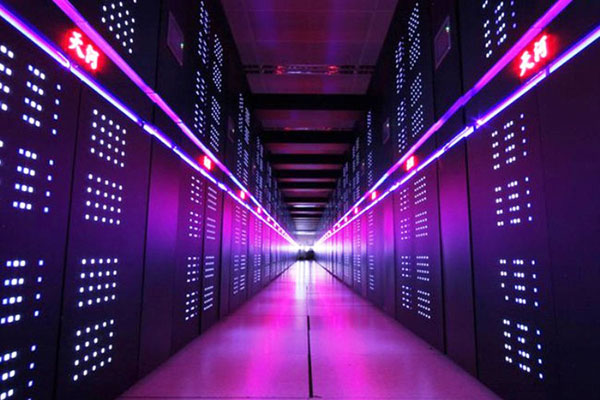
Tianhe-2 or "Milky Way 2" – 33.86 PFLOPS supercomputer in Sun Yat-sen University
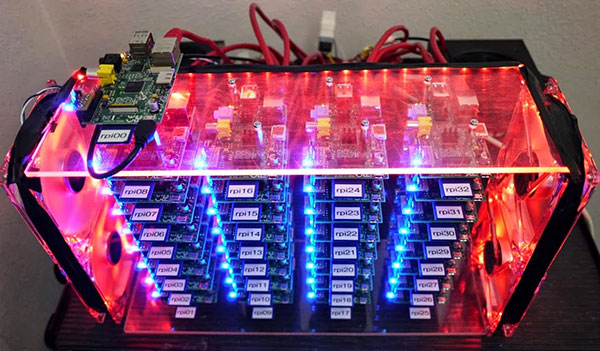
Raspberry Pi minicomputer with computing performance of 10.13 GFLOPS (built by Joshua Kiepert in Boise State University
For more than 5 years, systems with massive numbers of processors and total computing performance of over 1 PFLOPS are widely used to solve complex tasks in such spheres as computational biology and chemistry, weather forecasting, high energy physics, gas and flow dynamics, mathematical analysis, etc. However, so called mini Supercomputers with total computing performance of several TFLOPS are now receiving more and more attention. Mini Supercomputers are ideally suited for engineering companies, design centers and 3D animation studios, research and educational institutions.
Application of high performance computing systems will significantly increase economic benefits (for instance, development of mathematic models instead of creation of full-scale prototypes) and gain time (for instance, by modern material generation when determination of material properties is performed via precise computation and simulation, without intermediate stages based on cut-and-test methods)
Robotics
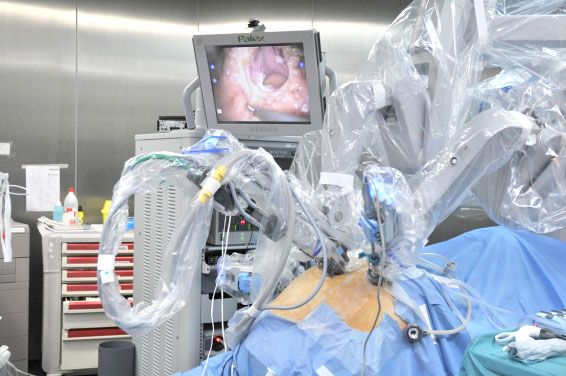
Operating part of Da Vinci Surgical System (Intuitive Surgical, Sunnyvale, CA)
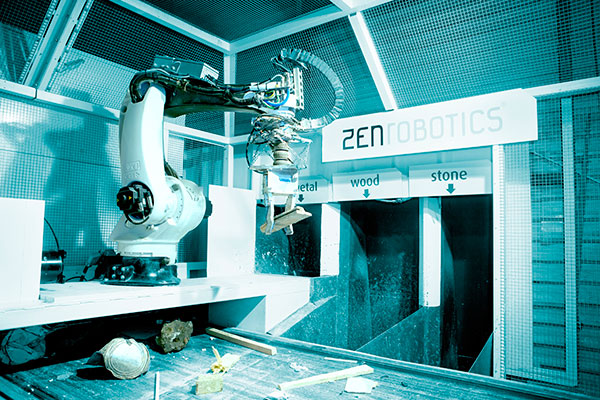
First robotic waste sorting system in the world (ZenRobotics, Helsinki)
Currently, robots are mostly used for performance of complex production operations (automotive, aircraft and machine-tool manufacturing), completion of certain surgical procedures, housekeeping, safety arrangements and for military purposes. Development of advanced automated complexes for liquidation of consequences of technogenic accidents (nuclear incident at Fukushima, oil spill in the Gulf of Mexico), waste sorting/disposal and dismantlement of manufactured goods into primary components is to be the next quantum leap for humanity.
Application of such robotic systems enables countries to shift from industrial towards neo-industrial/science-based economy model that aims to labour costs saving, resource recirculation and waste-free vital activity, displacement of labour-consuming manufacturing by machine-intensive and evolution of social work to creative, inventive, scientific and organizational occupancy (prof. S.S. Gubanov).


